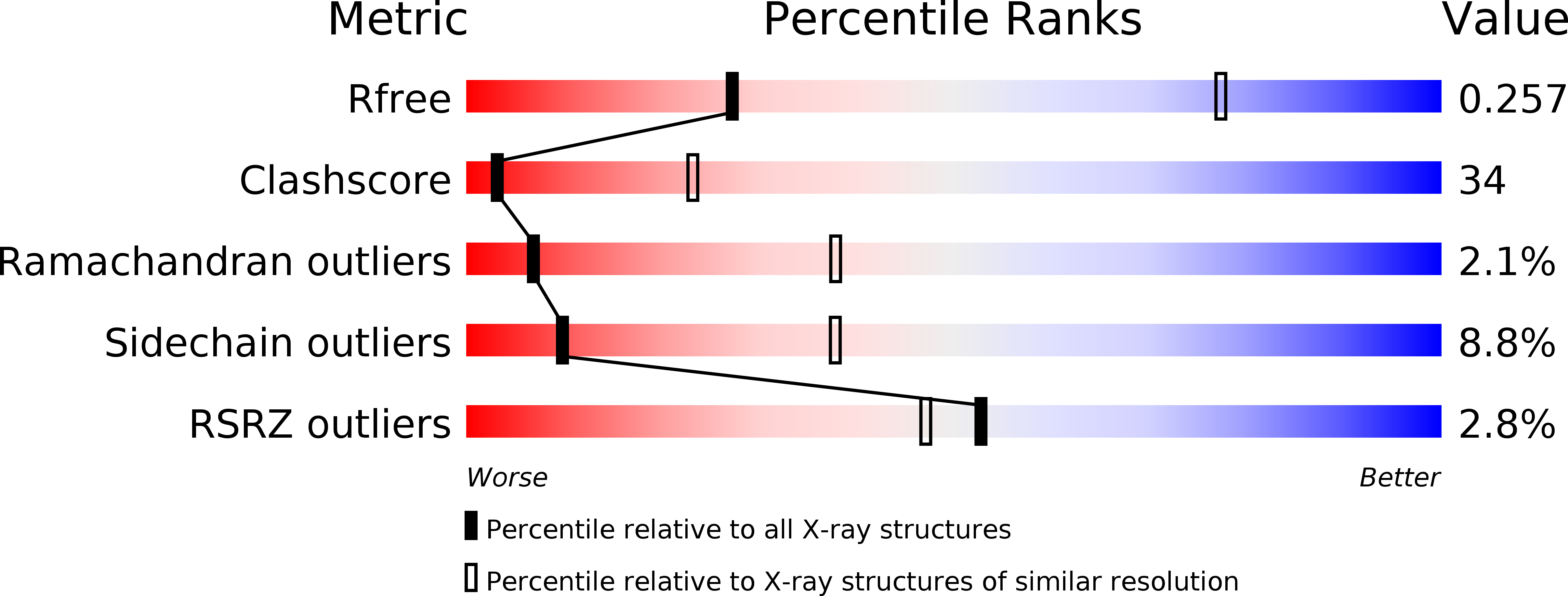
Deposition Date
2009-09-10
Release Date
2010-09-08
Last Version Date
2024-05-08
Entry Detail
PDB ID:
2WSX
Keywords:
Title:
Crystal Structure of Carnitine Transporter from Escherichia coli
Biological Source:
Source Organism:
ESCHERICHIA COLI (Taxon ID: 562)
Method Details:
Experimental Method:
Resolution:
3.50 Å
R-Value Free:
0.27
R-Value Work:
0.23
R-Value Observed:
0.23
Space Group:
P 32


